by | Jul 1, 2020 | Stand Up for Public Education Blog
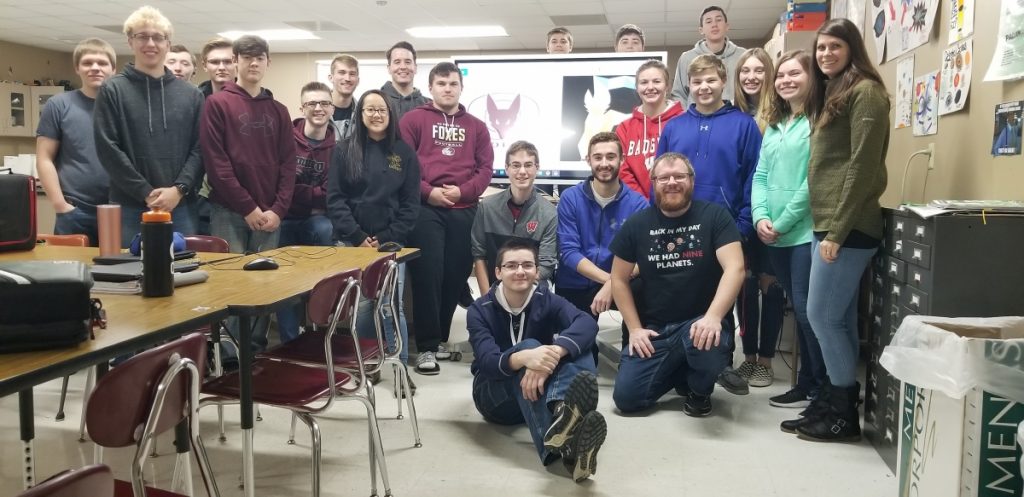
This Omro High School team was one of five winners of the national Samsung Solve for Tomorrow Contest.
OMRO — A team from Omro High School is one of five winners of a national engineering contest that challenges students to solve problems in their communities, according to a story on DPI-ConnectEd.
The team built a sensor to determine ice thickness in real-time and relay it to an app called Stat-Ice. Their goal is to help anglers and others make educated decisions about going out on the ice.
About 8,000 people fall through the ice and drown each year.
The team wins $100,000 in technology and supplies. They’re continuing to work on the prototype and have applied for an MIT grant to help them refine it and work toward patents.
See the full story on DPI’s website.
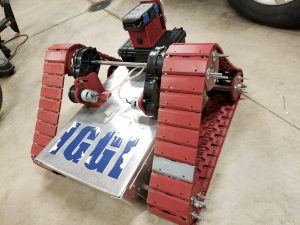
Students from Omro High School built this sensor to detect ice thickness in real time and send it to an app.
by | Jun 4, 2020 | Stand Up for Public Education Blog, Uncategorized

Wheatland Center School recently received recognition in a national STEAM design challenge
BURLINGTON — A team from Wheatland Center School earned a second place finish in a national STEAM design challenge, according to a story in West of the i.
Students from Wheatland’s personalized learning academy, PATHS, participated in the Biomimicry Youth Design Challenge, which asks middle and high school students to design solutions to the climate crisis.
Team members receiving recognition were Jaini Beck, Mason Biehn, Safyire Guthrie, Gavin Heriford, and Ronan Bacle. Students were awarded $750 to be spent on future school projects.
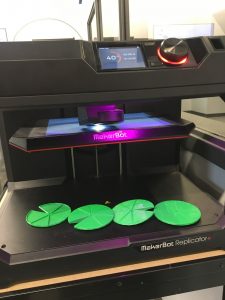
Wheatland’s team created a concept for protecting coral reefs from UV radiation and rising ocean temperatures that cause coral bleaching. They created a floating underwater shade structure inspired by giant lily pads and the UV-reflecting properties of spiders’ webs.
The students created “Reef Guard,” which protects coral reefs from UV radiation and rising ocean temperatures. They created a floating underwater shade structure inspired by giant lily pads and the UV-reflecting properties of spiders’ webs.
Judges said praised the team’s choice of topic and approach.
“I actually learned how the bleaching process works from their research and had not realized the algae connection. Their research is commendable, and the engineering they applied and the testing they did was very impressive.” said judge Scott Randall.
To learn more about the challenge and this year’s winners, visit their website.
The full story is posted at West of the i.
by | Jun 3, 2020 | Stand Up for Public Education Blog
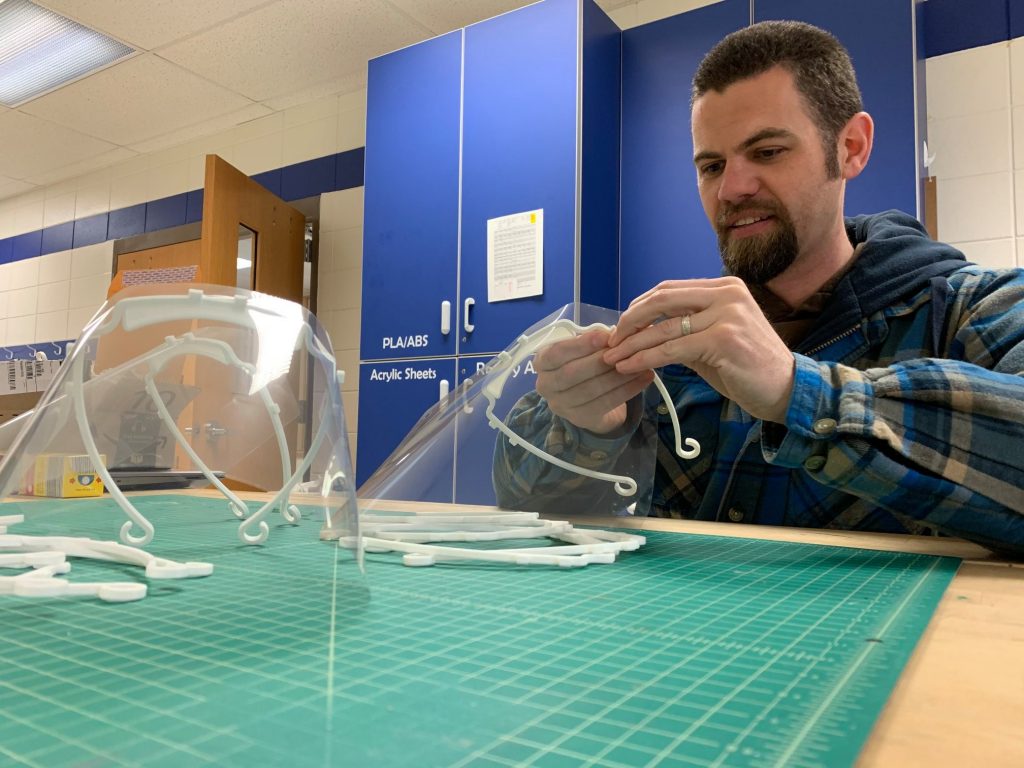
Three Lakes Fab Lab Director Nate Koch has been helping to make face masks for first responders.
THREE LAKES — Though the Three Lakes School District’s fab lab has had to pause its hands-on STEAM education during the pandemic, it continues helping its local community.
The fab lab (short for fabrication laboratory) has created 95 face shields for the Oneida County Sheriff’s Office, 12 for a local grocery store and 10 for another local business, fab lab director Nate Koch says. Face shields are believed to be an effective way to prevent the spread of COVID-19, as detailed in this April article in the Journal of the American Medical Association.
It’s far from the first time the fab lab has helped its local community. Other projects have included the design and creation of magazine holders for the local library and models for the local railroad club.
The fab lab was also profiled in the December 2015 issue of Wisconsin School News.
To learn more about the fab lab, visit their website.
by | May 18, 2020 | Stand Up for Public Education Blog
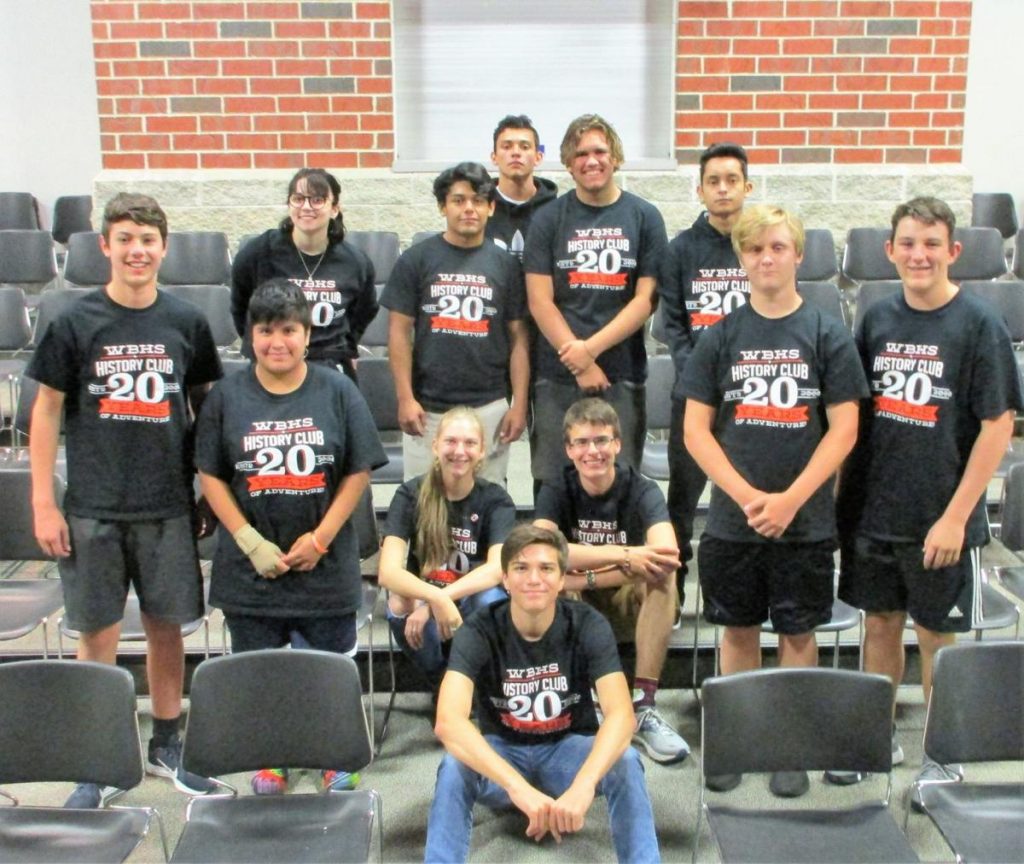
The officers of the 2019-2020 Williams Bay History Club gather in a lecture hall at Williams Bay High School.
WILLIAMS BAY — The Williams Bay History Club has been designated as one of the top 10 in the nation by the National History Club, according to a story in the Lake Geneva Regional News.
Robert Nasson, president of the National History Club, said the Williams Bay chapter was chosen because of its outstanding community involvement in activities such as maintaining Frost Park, hosting fundraisers, coordinating field trips and participating in the annual History Bowl competition.
“Williams Bay’s club is very active in the community,” Nasson said. “They’re just consistently spectacular in what they do.”
Williams Bay History Club adviser Deb Soplanda said she was proud the club was chosen out of hundreds of chapters t
ughout the nation, and she was glad that students’ work was being recognized.
“It’s great for the kids to see what they do and how they do it really does make a difference, and is noticed on a national level,” she said.
Read the full story at the newspaper’s website.
by rsullivan | Oct 9, 2017 | Stand Up for Public Education Blog
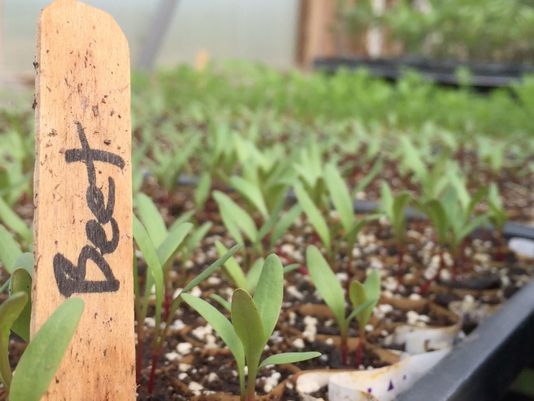
Green Bay Press-Gazette: October is a month that celebrates transformation, including leaves changing the landscape into a picturesque masterpiece and temperatures cooling from their summer peaks.
October also marks a celebration of a community transformation unfolding within our children’s schools — Farm to School.
Farm to School is a national movement that connects schools with local farmers to develop impactful relationships, contribute to a strong local economy and provide a greater sense of connection from farm to fork. When we teach our children where their food comes from, we shift the culture around food. Research shows this can have a profound effect on everything from academic success to mental well-being to the development of healthy, lifelong eating habits.
Live54218’s role in Farm to School began in 2012, when we convened a task force with nine school districts in Brown County. One of the first large-scale projects was the implementation of classroom lessons, with nutrition educators taking farm to school lessons into local schools. Along with classroom lessons, came a focus on school gardens and the involvement of Food Service staff in not only preparing produce grown in school gardens, but actively working on how to purchase and serve food grown by local farmers on school lunch trays.
Read the complete article.
by rsullivan | Oct 2, 2017 | Stand Up for Public Education Blog
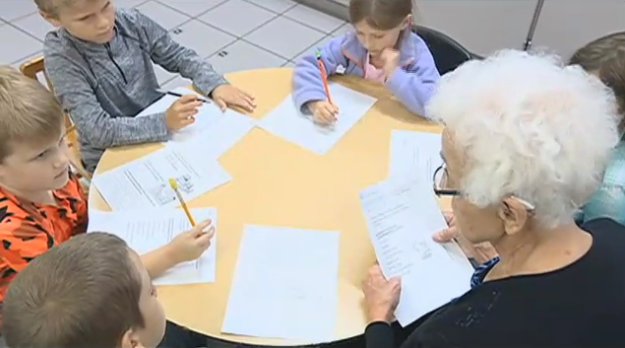
WQOW.com: They say age is meant to bring us wisdom, but students at Osseo-Fairchild Elementary School are growing wise with a little help.
Millie “Grandma Millie” Polinske might not look like a typical first grader, but what she lacks in youth, her spirit surpasses.
“I always thought if I could help with one student it would be worth it,” said Polinske.
Polinske has volunteered as a Foster Grandparent for 24 years, all spent at Osseo-Fairchld Elementary.
“It does just as much for me as it does for the student,” Polinske said.
The program partners grandparents and pupils as they help students over learning hurdles, after already gone over their own.
“The one on one relationship that develops with the older adult is so important to them, someone who notices when they have a haircut or new shoes,” said Mary Jo Hanson, Director of the Foster Grandparents Program.
Read the complete article.







